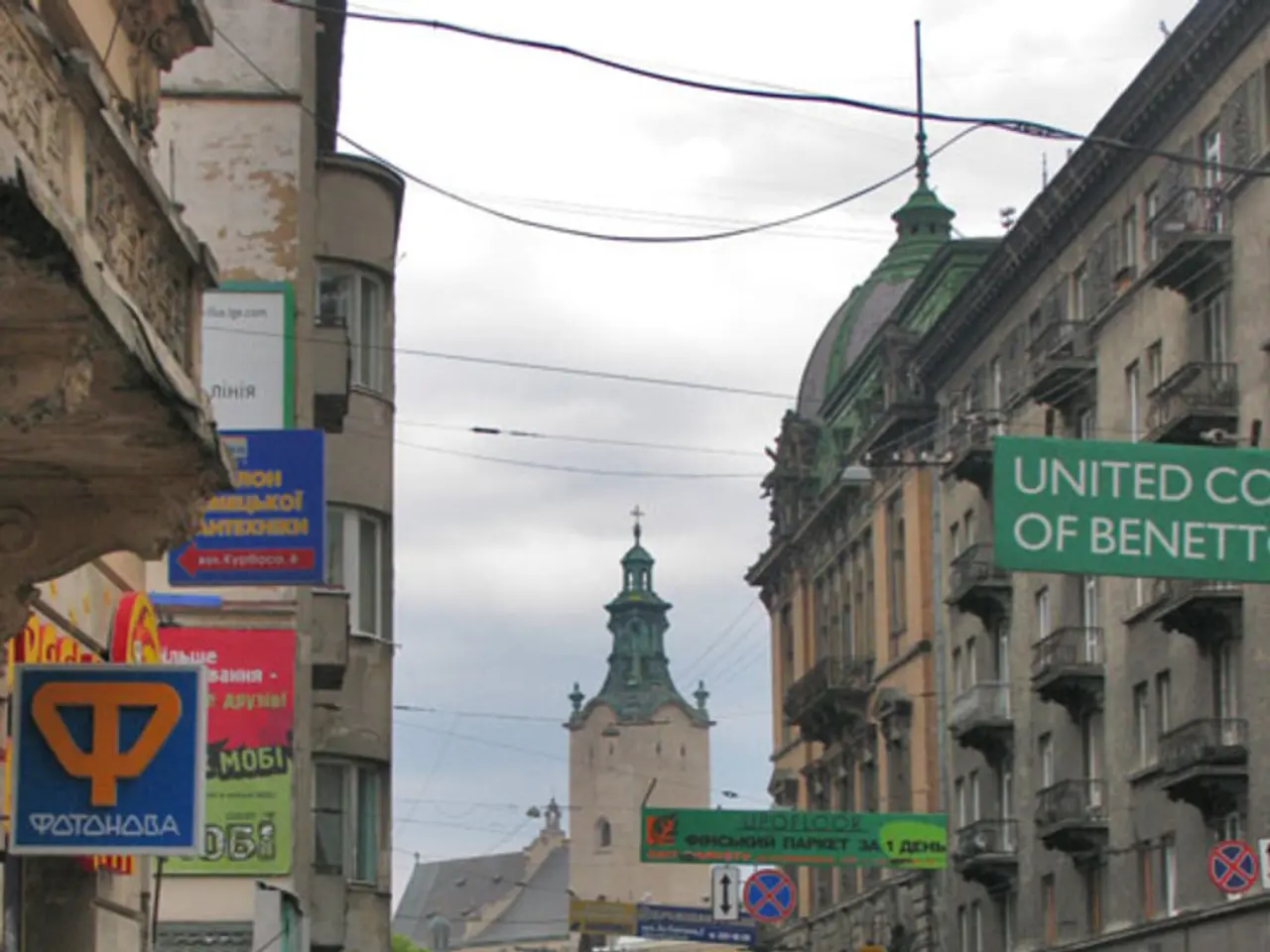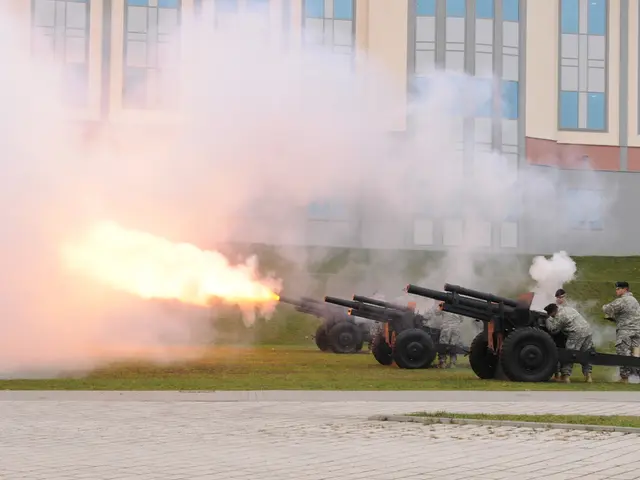Crossing surveillance cameras' operation: Ministry of Internal Affairs discloses initial findings
In various cities across Kazakhstan, automated complexes for fixing violations at pedestrian crossings have been implemented by the Ministry of Internal Affairs. These complexes, operational in regions such as Aktobe, Zhambyl, Turkestan, and Kyzylorda, have been installed in areas with high pedestrian traffic, including near schools, kindergartens, shopping centers, and busy intersections.
Since the beginning of 2025, over 4,000 violations have been registered, with the systems capturing drivers who do not yield to pedestrians at crossings. The intelligent systems not only automatically detect violations but also analyze trends, predicting potentially dangerous areas.
The main achievement, according to the press service of the Ministry of Internal Affairs, is the prevention of accidents, rather than the imposition of fines. No pedestrian-related accidents, including fatalities, have been recorded in the areas where these complexes are installed.
Automated enforcement systems, such as cameras and sensor complexes at pedestrian crossings, are commonly used globally to improve compliance and reduce risky behavior near crosswalks. These systems can help lower pedestrian accidents. Advances in computer vision, AI, and use of 2D and 3D camera systems (including LiDAR) further enhance detection accuracy and coverage.
While official data or evaluations on the Ministry of Internal Affairs' automated complexes and their impact on pedestrian safety are not readily available, the effectiveness of such systems generally is recognised as a valuable tool for reducing pedestrian accidents. If such data were available, the effectiveness would typically be measured by comparing pedestrian accident rates and violation frequencies before and after system deployment, along with analysis of behavioral change in drivers and pedestrians at monitored crossings.
The implementation of these systems was reported by our site with reference to Polisia.kz. Currently, a total of 30 such complexes are operational in the listed cities and regions. The Ministry of Internal Affairs is responsible for implementing these automated complexes in Kazakhstan.
In addition to infrastructure safety improvements and enforcement, accessibility features like tactile or auditory cues at crossings are important for minority pedestrian groups and can complement enforcement efforts to enhance safety comprehensively. Conferences such as ICTCT 2025 focus on infrastructure design and surrogate safety measures to evaluate these effects.








